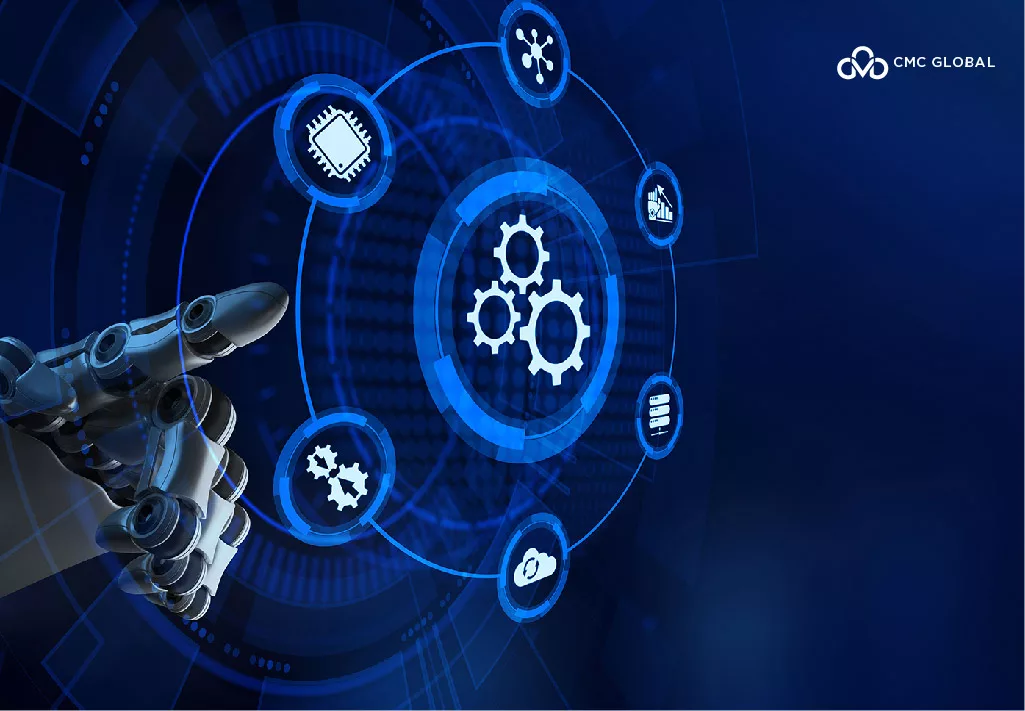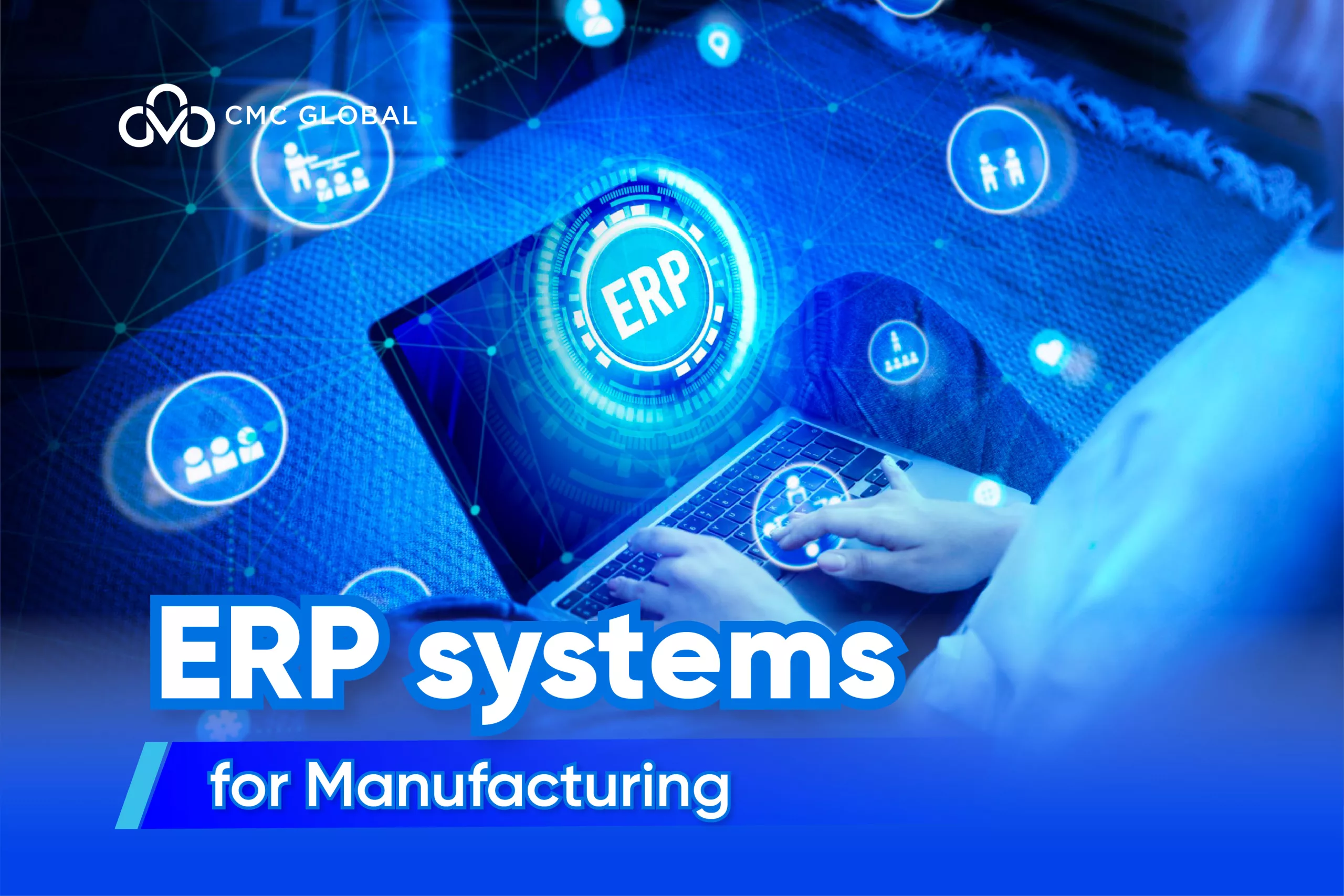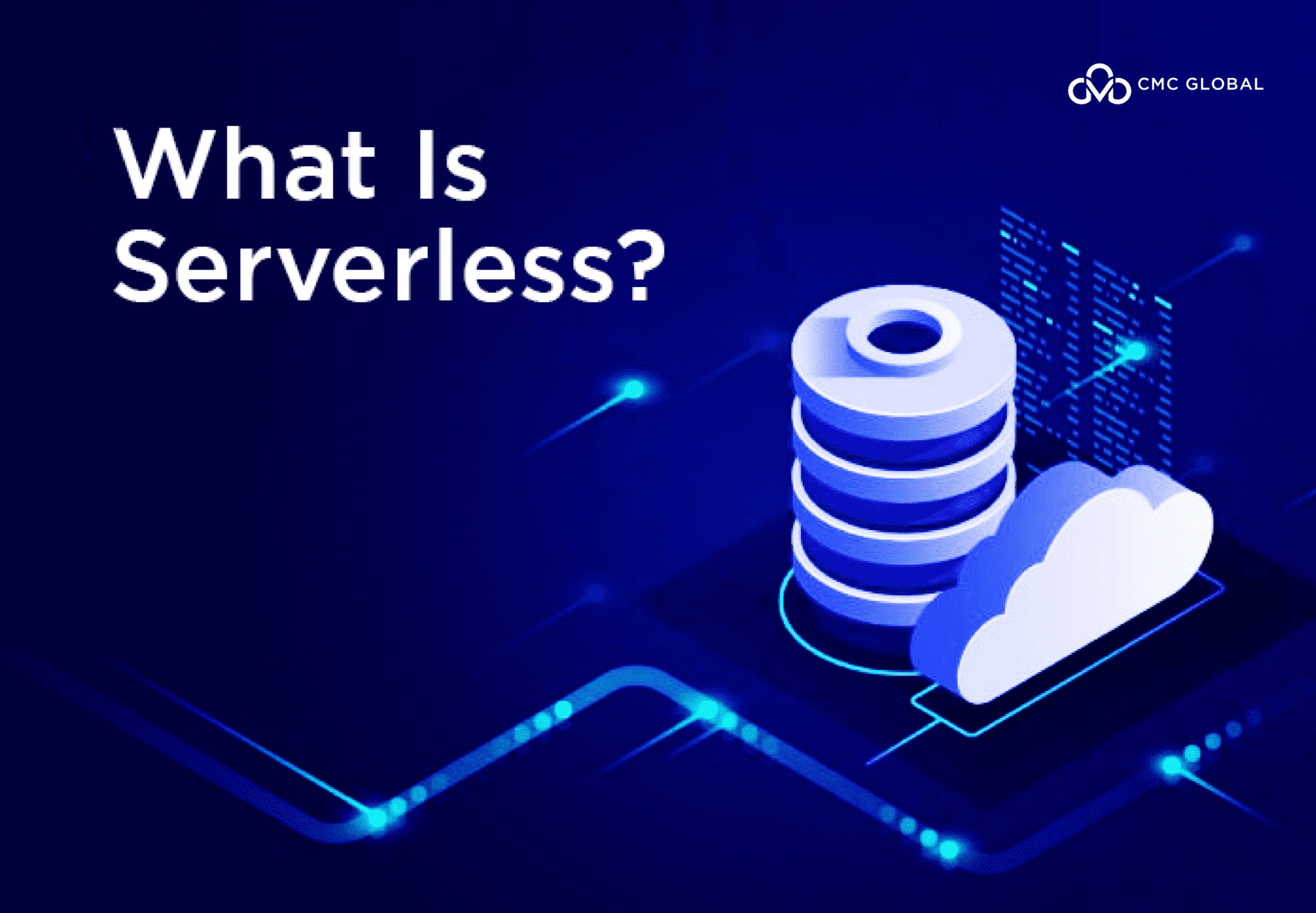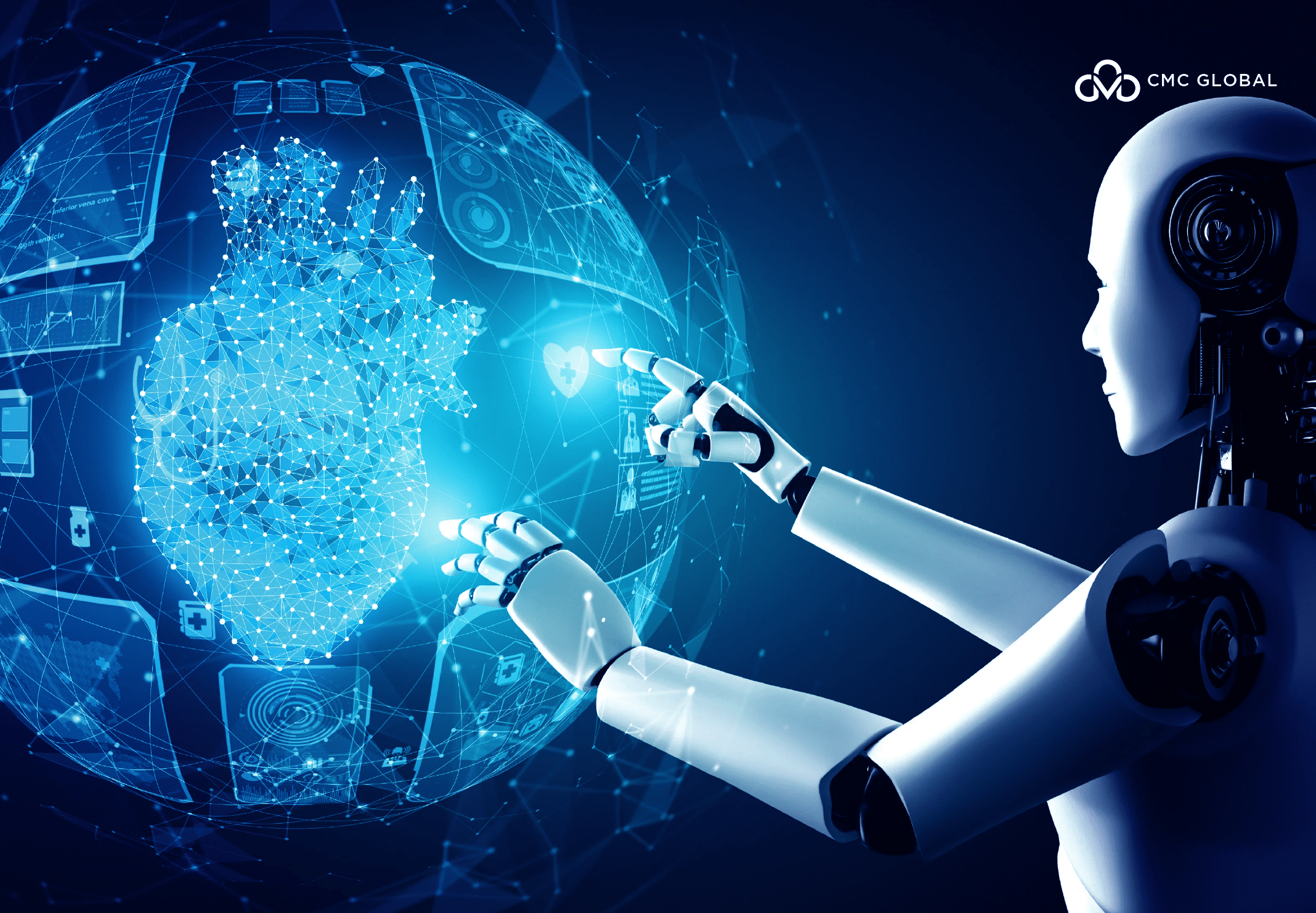Today, RPA, or Automation technologies, are widely recognized by global enterprises as a cost-effective and non-invasive way to utilize business. With RPA’s core benefits lies in valuable insights generated throughout the whole business process, Robotic process automation is applied in analytic tasks of several industries, namely assembling data, analyzing business processes, and improving them. Based on what they discover, businesses can find new domains or utilize time-consuming tasks to focus on their core competencies.
Based on the Big Decisions Survey, 92% of global businesses data-driven. This impressive number can clearly shows that, yes, Data, especially data analytics plays a very critical role in most companies. It helps CXOs position make decisions, identify beneficial trends, and so many more to profit a business.
In general, there are three most popular benefits of this combination to take note:
- RPA creates better data from the outset.
- RPA helps organizations with large quantities of data to filter useful information.
- RPA optimizes data-generating processes.
To better understand how RPA and analytics work together, let’s check out CMC Global’s list of the best ways organizations can gain insights in data using automation technologies.
1. Process mining

For most companies, the process to understand business processes has been quite basic: you look at the key performance indicator and process documentation, which user interviews can archive. The question is, can you draw a macro picture out of these? The process documentation can only tell people what it looks like in an ideal environment and condition, while interviews can be limited by the personal knowledge of the interviewers and the capacity of the interviewees.
But when automated by RPA, the automation technologies will use data to visualize the entire process in real life, based on the real data generated by RPA technologies. This will obviously give a much better and more practical insight than any traditional process.
How does RPA do it?
First, RPA built a trail of data spanning over the process, which was previously manual, fragmented, and submissively under the control of human factors such as the well-being or quality of the staff performing the task.
Let’s take an accounts payable process, for example. It has a long process, including both automated and manual steps. A clerk receives an email with an invoice attached, he or she will need their superior to approve the payment. The payment is then pushed to the online banking system and passed to another approver (which can be an accountant), who will reconcile all other supporting documents before finalizing the payment.
If one of these below factors is affected (the superior going on a business trip, preoccupied with another task,…), the data generated might not reflect the actual and expected normal process. On the contrary, RPA-generated data reflect every step efficiently by passing through a seamless, detailed trail built to mine and visualize the whole process not in an ideal world but in reality.
One more plus is that, with a bigger picture, you can see valuable insights to evaluate how people are interacting with each other. In the accounts payable process, RPA’s mining ability shows process seasonality to identify better chances to flatten the season, which is a solution that would not even be possible without RPA-generated data capability.
For more details, check out CMC Global’s blog for RPA trends https://cglobal-uat.cmcglobal.com.vn/2020/09/08/the-best-rpa-platforms-of-2020-latest-update/.
2. Process simulation

From the visualization, it is easy to run a simulation program using the generated data. This will come in handy when businesses are planning changes in the processes such as team restructuring, new supplier considering, new software introducing, etc. The process simulation can be used to predict the impact of the changes and consider it before actually making a major investment.
In the real world, it can be difficult to identify the consequences of small changes, especially in a manual and complex business process. This can lead to unexpected process issues, such as bottlenecks in downstream tasks.
Now, the time of gut-feeling decisions is gone since RPA-developed bots can strictly execute processes based on predefined rules and record every activity. And thus, questions about provider changing, production shifting or business acquiring can be answered easily by running a simulation. With RPA, you can now measure how little something can significantly change the whole business.
To put it simply, process simulation combined with RPA data makes it easier and less risky to implement business changes.
3. Machine learning

But the most exciting thing is Machine learning – the most expected potential of RPA data.
Based on the simulation, the program can answer the question “what if” for future scenarios. And scenario by scenario, the process simulation starts to be the only thing to base on when you want to evaluate which to change for the betterment of the organization.
When they know the consequences of each “what if” question, Machine learning will come in handy if you wish to define how to optimize your business but don’t know what to do yet.
For example, how make the current process run faster, various machine learning algorithms can identify the elements in a process, such as suppliers, material types, or time of year, which can drive which outcome (for example, lower operational cost). This means the more you put the RPA process trails into several machine learning algorithms, the more prescriptive solutions you will get to improve your process.
Apart from simple correlations, machine learning can also identify the capability of unknown relationships within multiple business processes. For example, machine learning can correlate procumbent processes with sales ones to define which actions to be implemented to improve sales. With all RPA’s comprehensive and detailed audit trails, much more complex analytics are now possible and efficient.
CMC Global thoughts on Automation technologies and Data Analytics
It is undeniable that Robotic process automation is all the rage today with a rapid, low-cost, and non-invasive approach. However, the potential is actually bigger if you look at the future picture when you combine RPA with modern data analytics and machine learning technologies. This combination will help visualize, simulate, and autonomously identify optimizing opportunities in your business and greater avenue as a result.
So, businesses should prepare themselves for the upcoming trend not to be left behind – choosing a reliable and experienced RPA solution provider or gaining RPA certifications are two brilliant ways. And after achieving early process improvements such as process cycle time reduction, workplace automation, throughput capacity increase, or cost savings, you can further leverage to transform your business truly.




